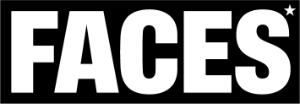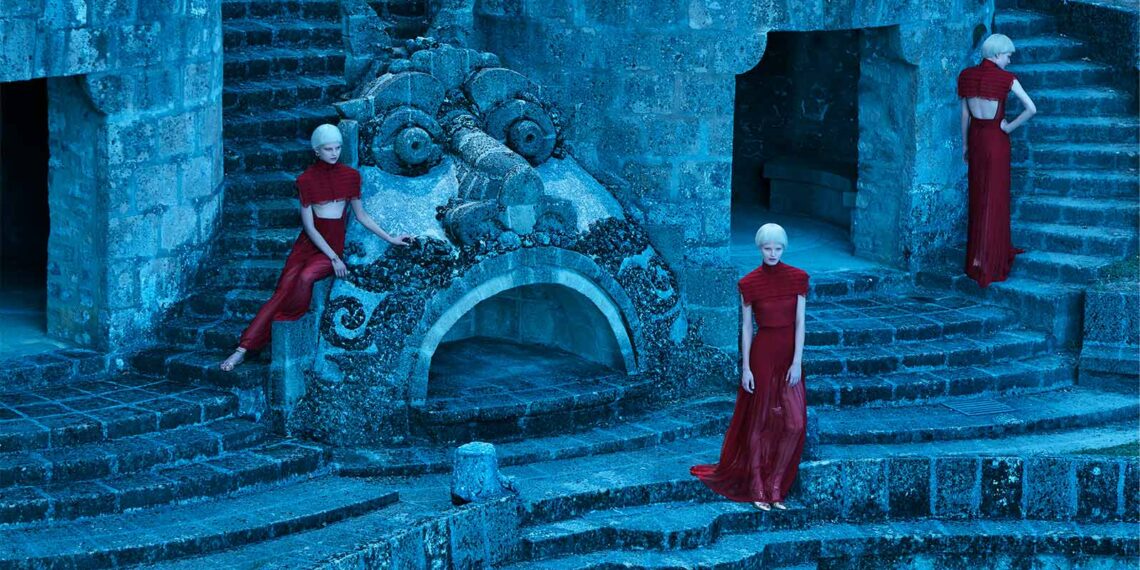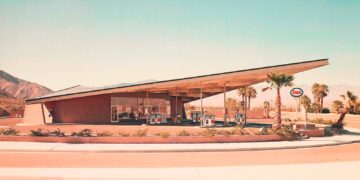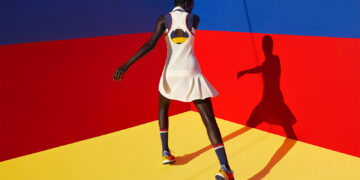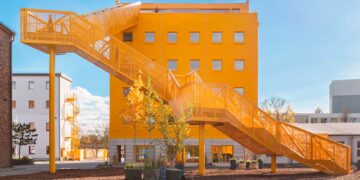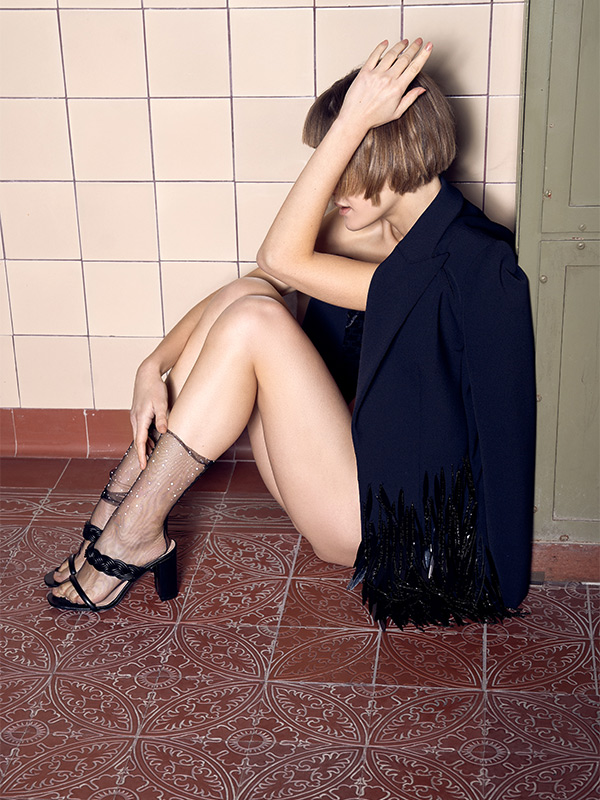In front of the camera is a beautiful young woman, behind her an older man: a scenario as old as the fashion industry itself. But there is another way. Italian fashion photographer Lucia Giacani stages the women in front of her lens in a colorful and bizarre way, creating worlds somewhere between high fashion and Alice in Wonderland. We asked her about her career.
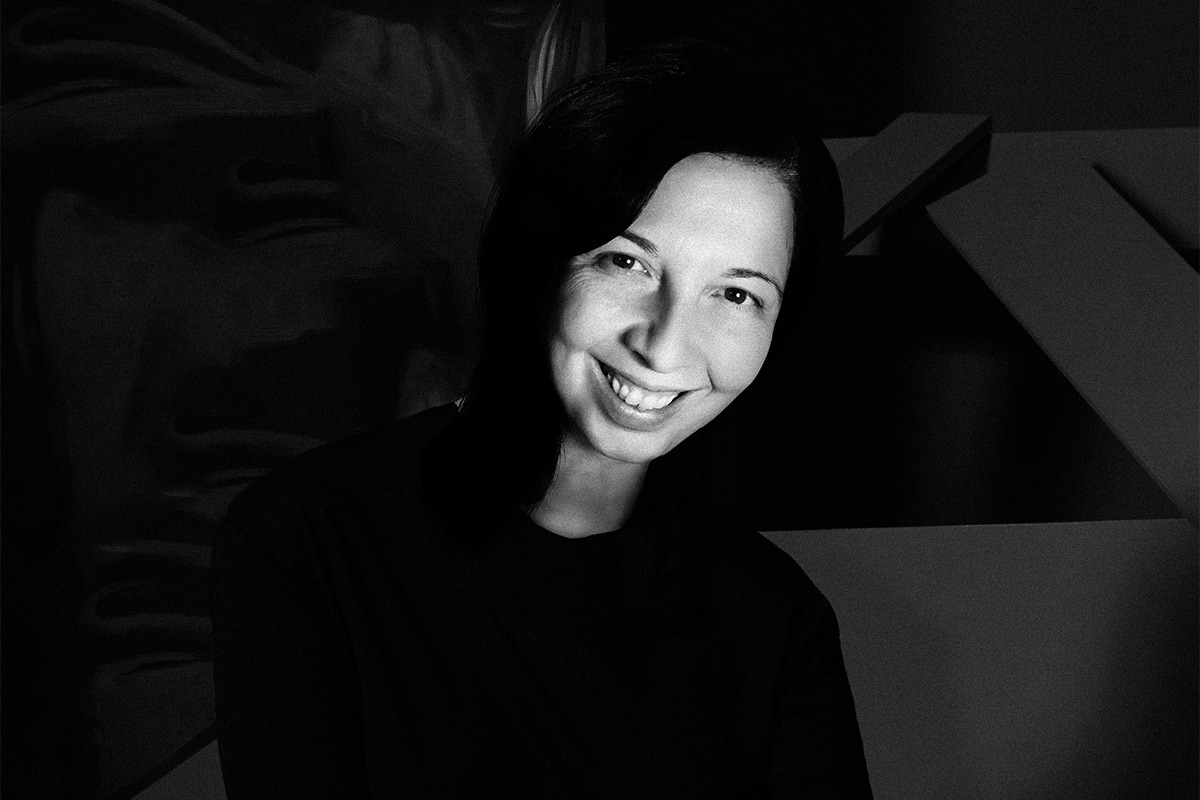
The exhibition Sguardi di Intesa in Aosta, where Lucia Giacani’s photographs can be seen alongside other greats of fashion photography until September, celebrates the fact that female photographers are helping to shape the fashion industry. In this interview, Giacani reveals how she made her way into the fashion world, where the industry still needs to improve and why she prefers red-haired women in front of her camera.
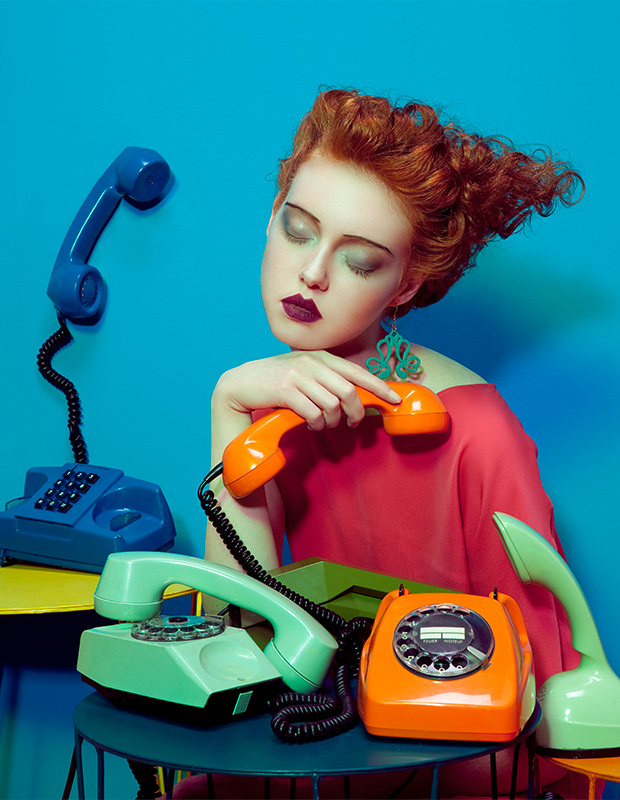
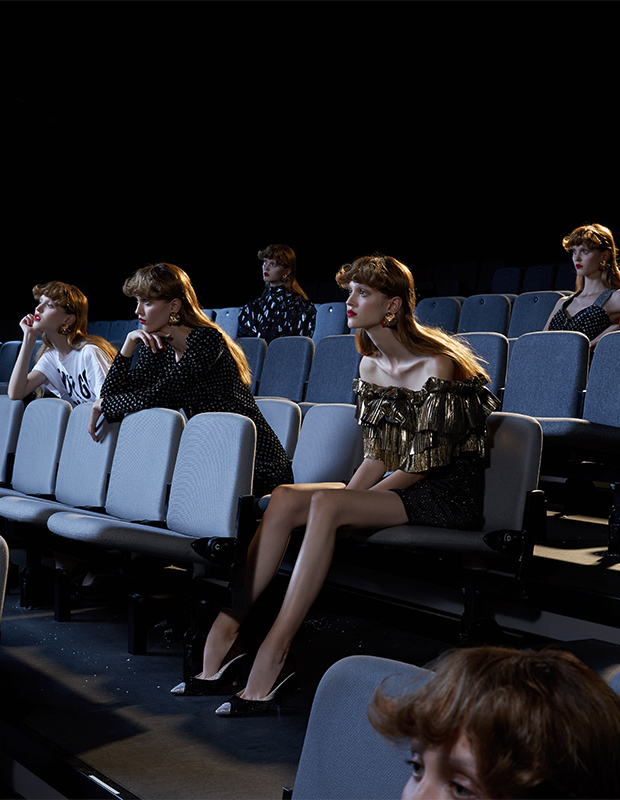
FACES: The fashion industry is a male domain – except for the models.
How do you challenge gender norms and stereotypes through your work?
And how does it feel to work in a male-dominated field?
Lucia Giacani: It’s true that fashion photography is still dominated by men.
That was certainly more the case at the beginning of my career.
But there are also many gay men and lesbian women that I work with, so I don’t believe that everything should be seen as black and white and categorized as male and female.
Good taste is the common denominator for success.
At the beginning of my career, I worked a lot with Elisabetta Barracchia, Sara Minor and the then editor-in-chief of Italian Vogue Franca Sozzani.
The toxic masculinity of the old guard of photographers, editors-in-chief and picture editors was already a thing of the past back then.
FACES: Your work can be seen in an exhibition about female fashion photography.
What would you like to convey to viewers about the fashion industry and in particular about the different, often overlooked roles that women play in it?
Lucia Giacani: The fact is that you have to work harder to become a female photographer.
People don’t want to entrust you with big budgets because men are seen as more serious and safer.
Women are often seen as fragile and a risk.
And there are people who believe that women are less technically gifted.
I hope that this thinking will soon be a thing of the past and will be shocking and almost unimaginable for the next generation of female photographers.
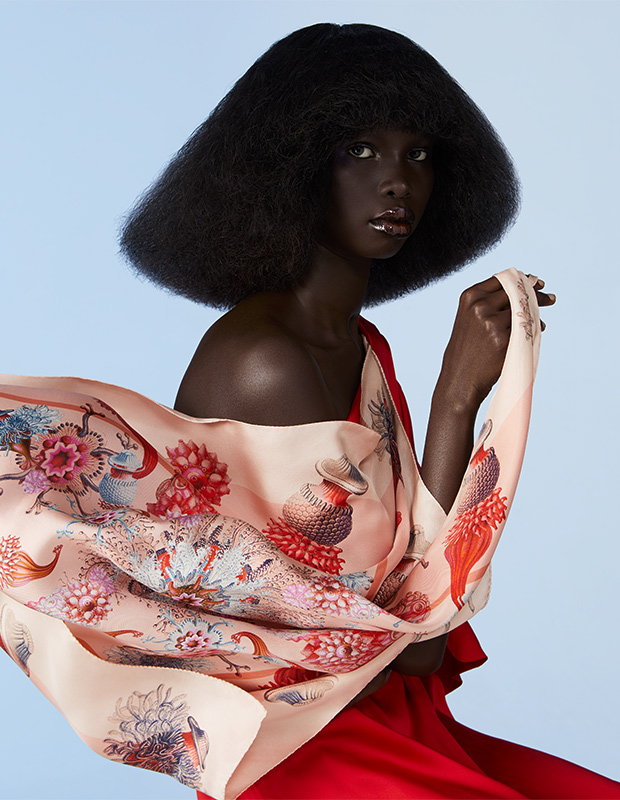
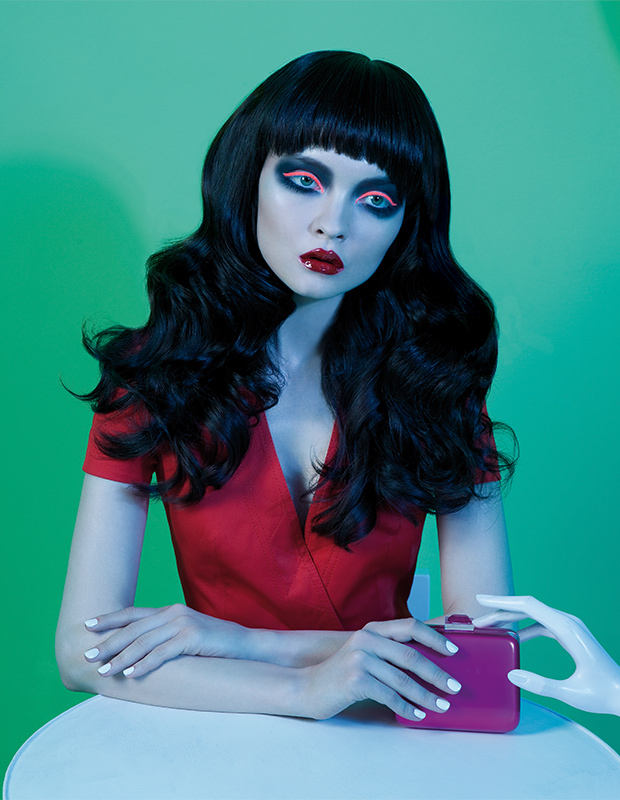
FACES: What made you want to photograph fashion?
Lucia Giacani: As a girl and young woman, I used to read Italian Vogue.
In the nineties and noughties, Vogue had such magic and literally transported readers to another world.
The fashion photography was incredibly creative and majestic.
From this I concluded that fashion photography is a profession that gives you the greatest artistic satisfaction and creative freedom while paying the bills.
FACES: How did you find your way into fashion photography?
Lucia Giacani: At the very beginning, I asked magazines and stylists in Milan if I could produce editorials for them.
At that time, I didn’t even live in Milan and all I had to show was a black-and-white and a color portfolio of work in which friends were my models.
The fact that the magazines still gave me assignments was definitely a sign of confidence.
FACES: Was it difficult to gain a foothold in the industry?
Lucia Giacani: I was lucky enough to choose the right people to work with at the beginning of my career; they are all still working in the industry and are all top professionals.
But you also need good judgment.
It’s a difficult industry to succeed in.
But risk and experimentation are part of it and everything gets easier with experience.
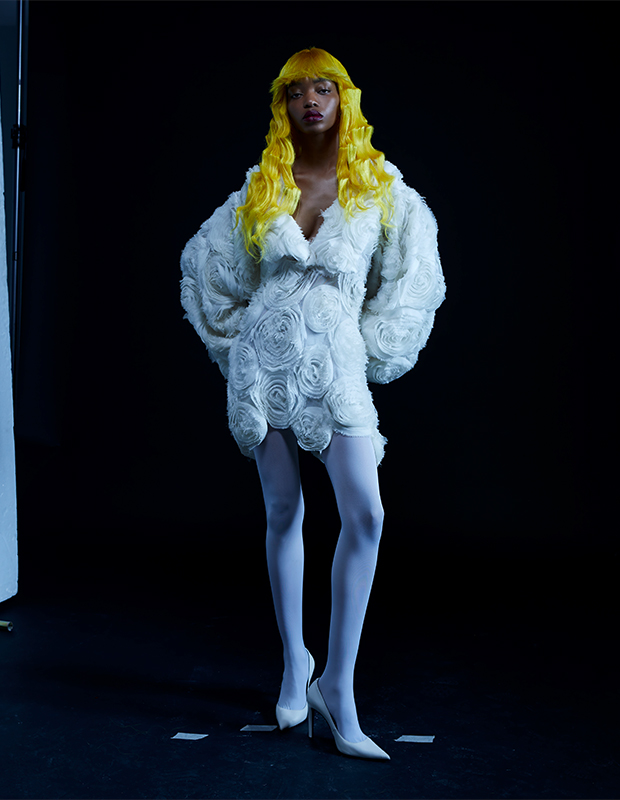
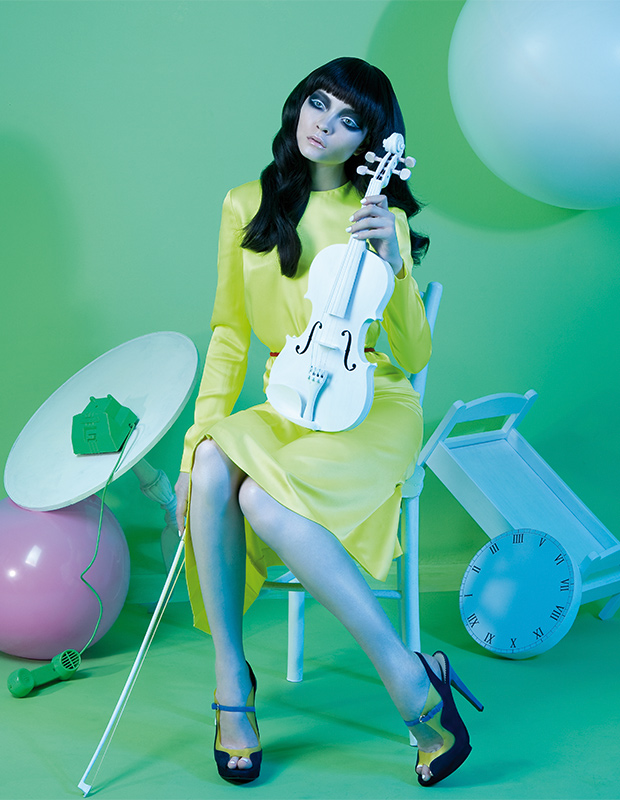
Sometimes there is an emotionally charged atmosphere on set until everyone is happy with the result at the end. You have to trust yourself and keep everything under control. Doing a good job and being professional with the people you work with is a good start, but you also have to be ambitious. It’s probably easier to become a photographer these days, but certainly harder to stand out from the crowd.
FACES: What is your greatest personal success?
Lucia Giacani: That Franca Sozzani chose my photos for various magazine covers.
FACES: What other female photographers have inspired you along the way?
Lucia Giacani: Growing up, there weren’t many women working in fashion photography, and to be honest, I didn’t pay much attention to it.
In general, the American photographer Francesca Woodman has inspired me the most so far.
FACES: How do you think you approach fashion photography differently than a male photographer?
Lucia Giacani: Gender and sexuality always bring their own perspective, regardless of whether you are a man or a woman.
Personally, I always bring a part of myself into my photography.
I treat the women who stand in front of my camera with more empathy.
And as a woman, I can better understand the needs, desires and reactions of readers and the female audience to my images.
Even the younger female models often feel more comfortable with a female photographer.
One of the many reasons why I prefer to photograph women is that I can see the shots from a first-person perspective.
FACES: What can the fashion industry improve when it comes to women behind the scenes?
Lucia Giacani: There are a few things.
For example, I think that when promoting female photographers, their looks shouldn’t play a role.
There are brands, magazines and photographers who promote themselves so much as eye candy while quoting some flimsy feminist manifesto.
I think that’s quite damaging.
I also see a lot of female photographers using Instagram in a toxic way to achieve success, which is a shame.
We should judge the photographer on the quality of her work.
Not see her as a celebrity and judge her by her make-up, her cup size or the people she goes partying with.
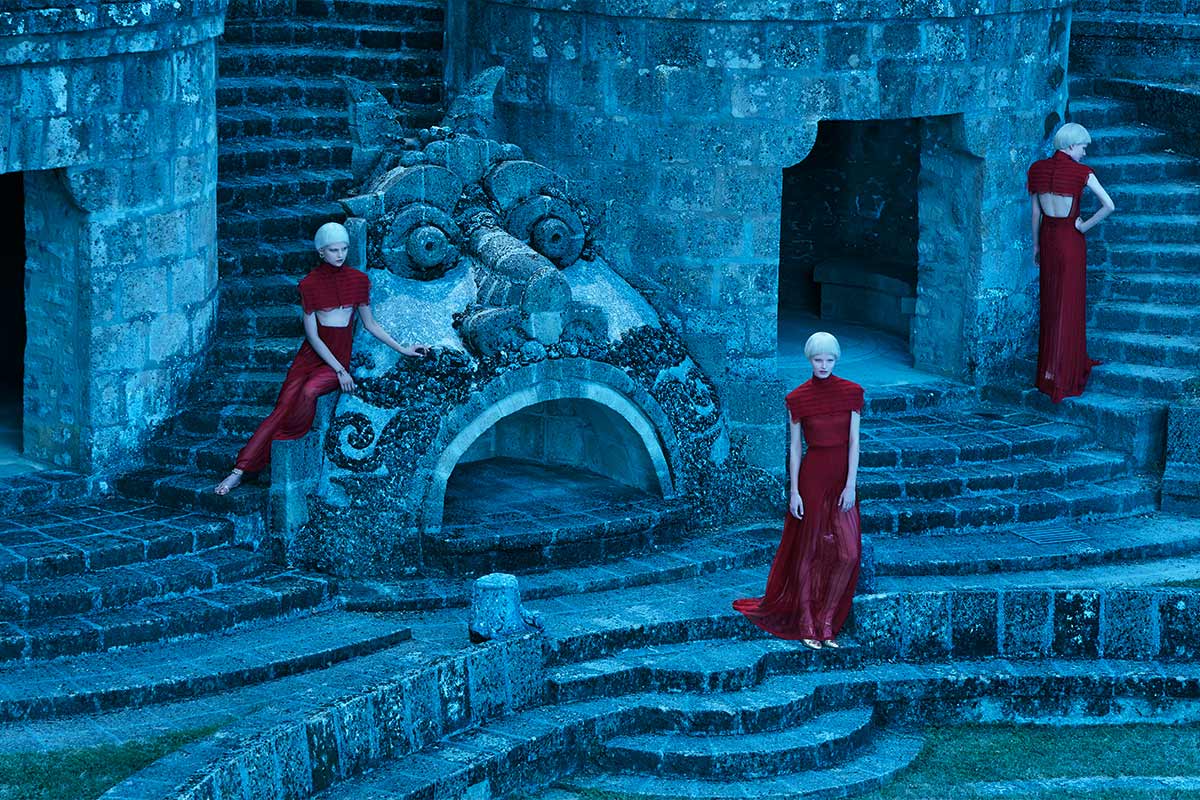
Other important issues are equal pay and job security, which is often overlooked, especially here in Italy. There are also far too many photography courses that lead young people into an oversaturated market.
FACES: What do you want to convey with your photos?
Lucia Giacani: It’s difficult for me to answer this question because I can express myself better visually than verbally or with the written word.
Generally, it’s about something that I find interesting or captivating and that I want to reproduce as tastefully as possible. Sometimes it’s quite fleeting, sometimes the photos are based on an idea beforehand. I’m not interested in overtly sexualizing women, I prefer to portray them as enigmatic, complex dreamers.
FACES: In an industry that is often criticized for portraying unrealistic body ideals, how do you ensure that your photography celebrates diversity and inclusivity, especially in terms of body size, ethnicity and gender identity?
Lucia Giacani: The freedom we have today is a wonderful thing.
The positive way in which tastes have changed over the years in terms of what is published and what audiences want to see is immense.
It’s one of the biggest cultural and societal changes I’ve ever witnessed.
However, I don’t think my photography overtly celebrates these concepts.
For other photographers, these are the fundamental themes behind their work, but not necessarily for me.
FACES: Do you believe that women or the “female gaze” – the counterpart to the ubiquitous “male gaze” – automatically have a different, inclusive perspective?
Or is this something that you also had to learn first?
Lucia Giacani: As I mentioned earlier, a large part of my work comes from within.
Therefore, I have never positioned myself or my work in a certain way.
Nevertheless, I photograph a lot of red-haired models, for example, as I think they fit my aesthetic best, even though I have dark brown hair.
It’s important to understand how and why you portray certain aspects of femininity.
I hope that the longer we stop arguing too much about femininity, beauty and the grotesque, we can all learn to just see the person.
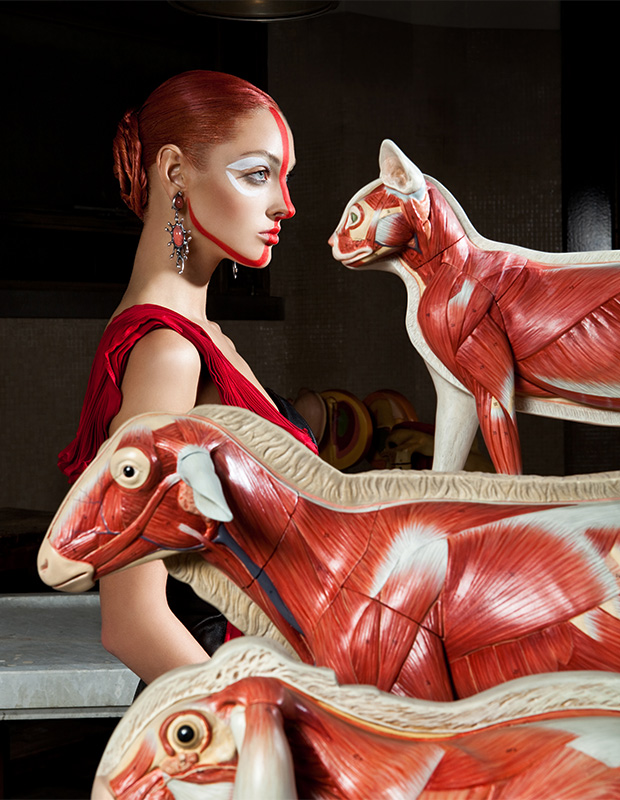
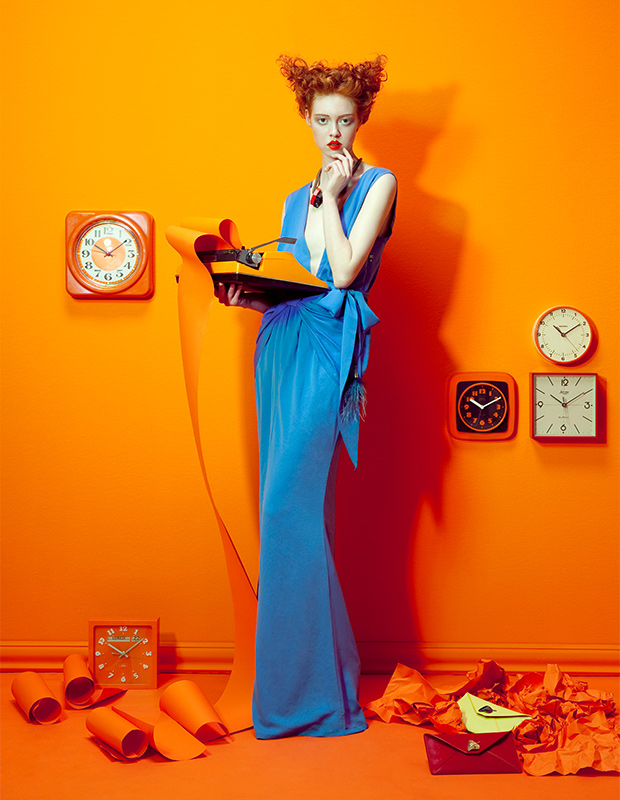
FACES: Fashion photography is repeatedly accused of objectifying women.
Do you think it is even possible not to reproduce stereotypes in the fashion industry?
Lucia Giacani: I assume that the visual language and society are now entering the post-stereotype era.
But thoughts change much faster than society does.
FACES: So how do you want the women in your photos to be perceived?
Lucia Giacani: As real actresses.
FACES: What was your favorite photo shoot?
Lucia Giacani: My very first shoot in Milan in an abandoned factory: a fashion editorial for Kult Magazine.
FACES: What has been your favorite collaboration with a brand or model?
Lucia Giacani: Vogue Accessory is where I grew up, so to speak.
FACES: As an Italian artist, do you draw inspiration from your cultural heritage and do you also make it part of your photography?
Lucia Giacani: Yes, for example, I love using strange Italian places.
FACES: Who is your biggest inspiration at the moment?
Lucia Giacani: My daughter!
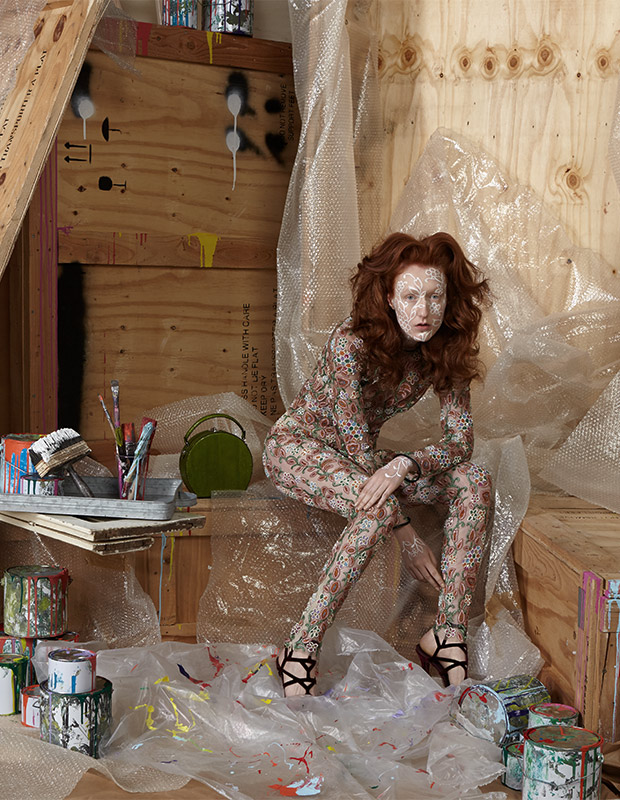
Sguardi di intesa
For many, summertime means: off to Italy. And it doesn’t always have to be Milan. In tranquil Aosta, everything revolves around fashion until September. The “Sguardi di Intesa” exhibition focuses on women who pull the strings behind the scenes in the fashion industry. From female photographers to seamstresses, curator Angela Madesani presents a cross-section of fashion history. The fashion photographs by Lucia Giacani are in the best of company alongside Ellen von Unwerth, Alice Springs and Brigitte Niedermair.
Sguardi di Intesa: La moda fotografata dalle donne, March 23 – September 22, 2024
Centro Saint-Bénin, Via B. Festaz, 27, 11100 Aosta, Italy
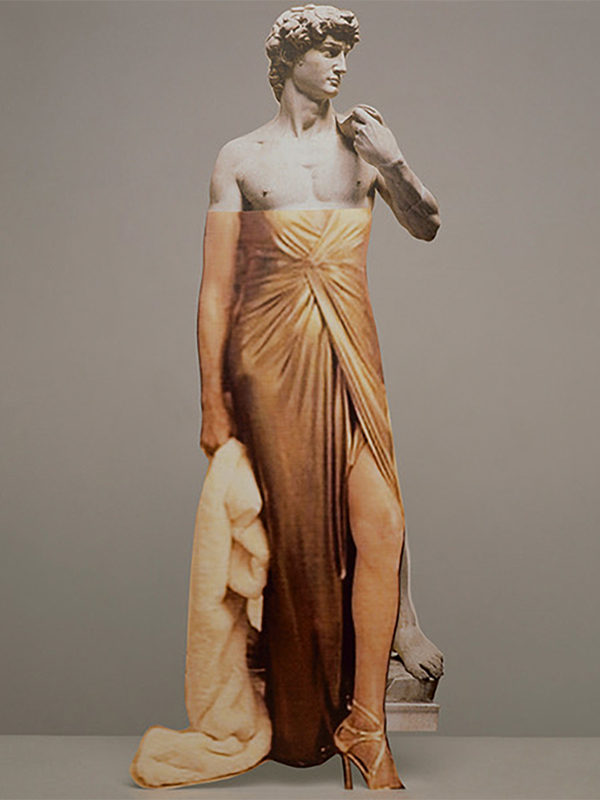
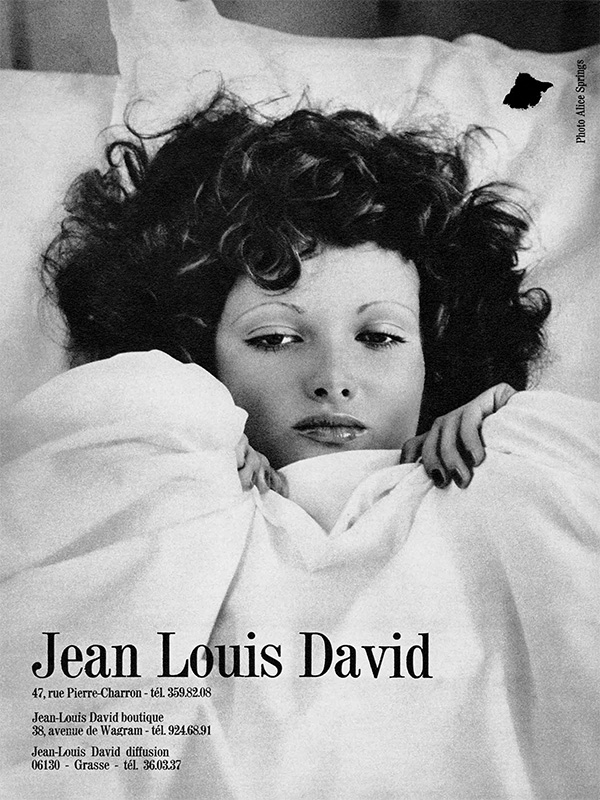
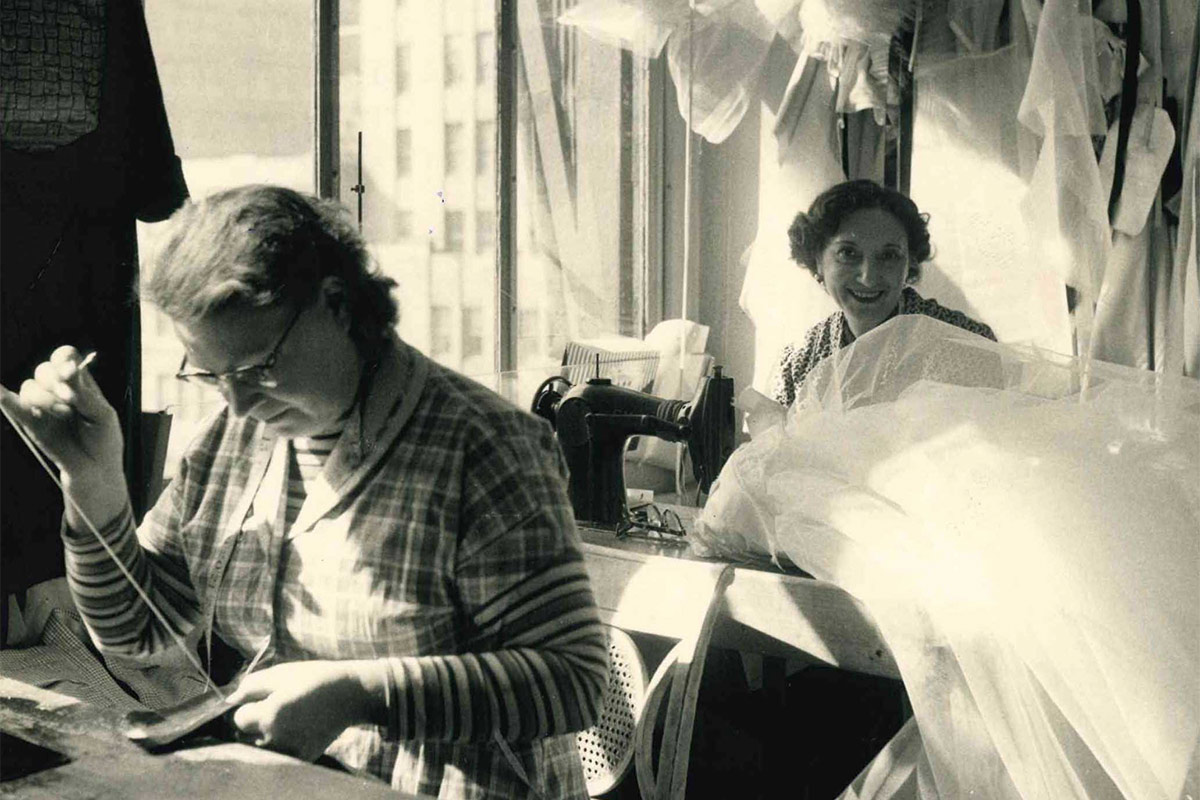
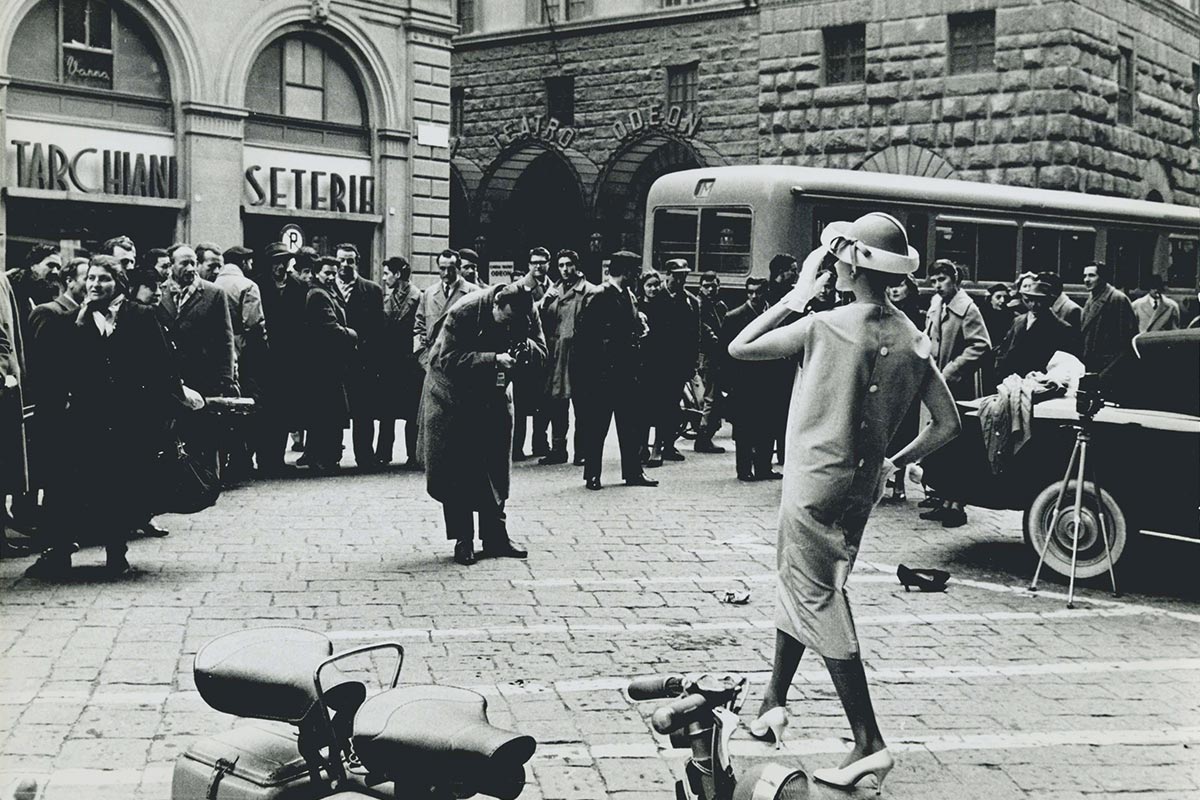
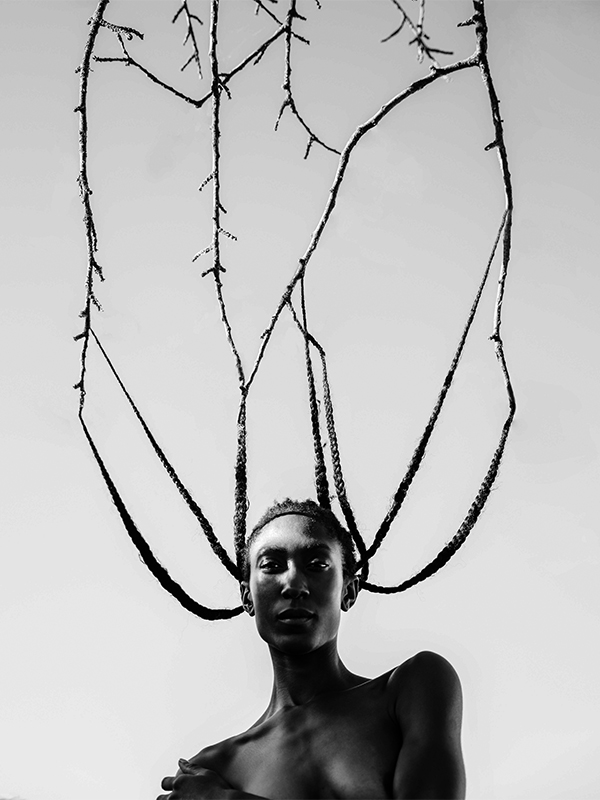
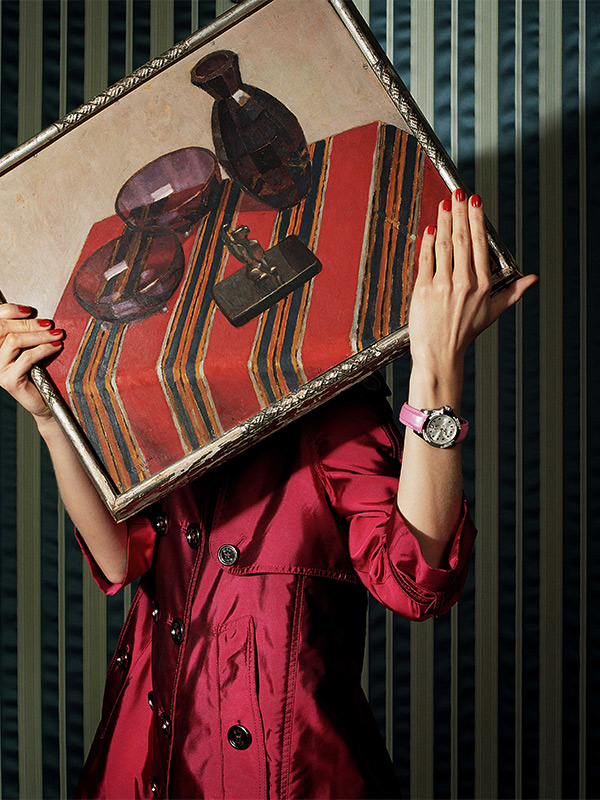
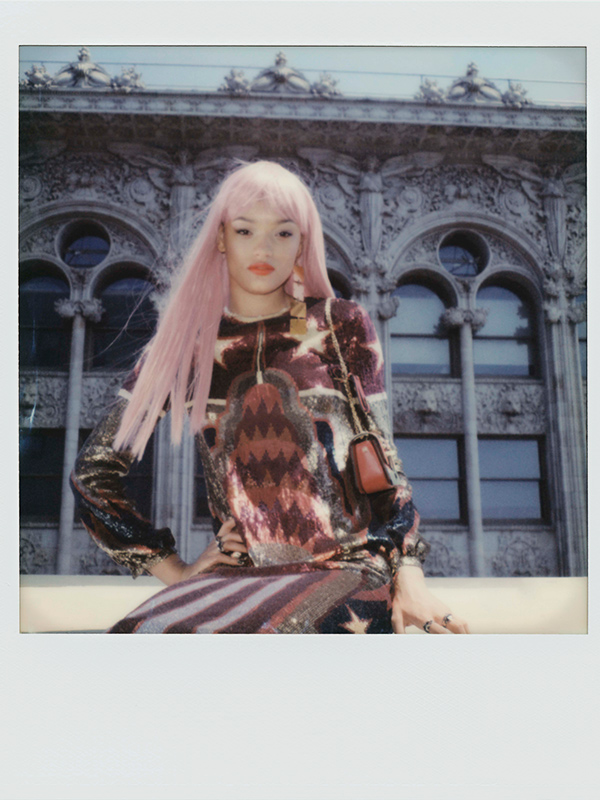
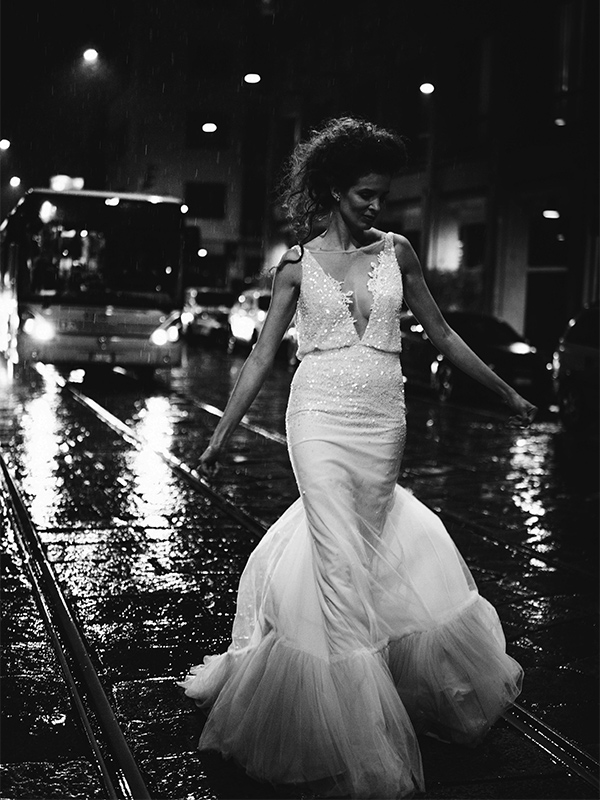
Curious about the exhibition? Find out more here.
If you’re interested in the work of photographers, then you’ll want to know what Miles Aldridge had to say in our interview.
Photos: © Lucia Giacani

